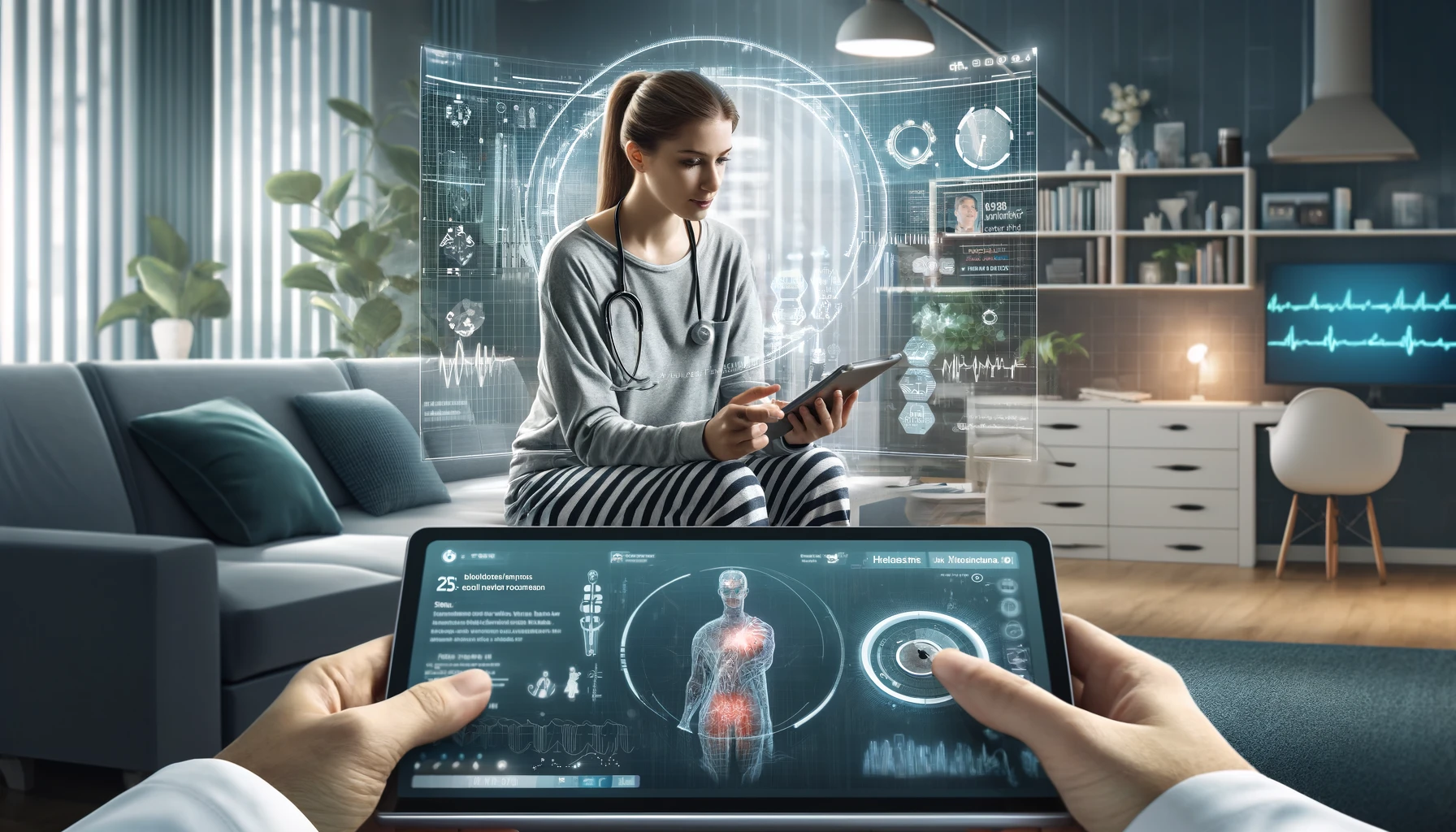Telemedicine for Chronic Disease Management: The Virtual Doctor Revolutionizing Diabetes and Hypertension

The Rise of Telemedicine: A New Era for Chronic Disease Care
Imagine this: you’re sitting at home, sipping your favorite coffee, and instead of braving traffic to see your doctor, you simply log into a virtual appointment from your couch. Welcome to the future, where managing chronic diseases like diabetes and hypertension is as easy as clicking a button. Telemedicine has been a game-changer, especially in a world where convenience is king and health is top priority. Remote monitoring, virtual consultations, and mobile health apps are paving the way for smarter healthcare management. But how exactly does this digital doctor business work for chronic diseases? Let’s dive into the wonders of telemedicine and explore why it’s revolutionizing the way we deal with some of the world’s most prevalent conditions.
How Telemedicine Manages Diabetes with Remote Monitoring
For those living with diabetes, managing blood sugar levels can feel like a full-time job. But telemedicine is here to lighten that load. Remote patient monitoring allows healthcare providers to keep tabs on patients’ blood glucose levels without the need for in-person visits. Using devices that sync with telemedicine platforms, patients can send real-time data to their doctors, who can then make adjustments to treatment plans on the fly. Think of it as having a doctor in your pocket, monitoring your blood sugar while you enjoy your day. No more frantic drives to the clinic just because your levels spiked after that slice of cake. With telemedicine, you're always covered—no matter how many sprinkles are on top.
Hypertension? No Problem: Virtual Consultations to the Rescue
Let’s talk about high blood pressure—also known as the silent killer. Managing hypertension requires consistent monitoring and treatment adjustments, something that used to mean frequent trips to the doctor’s office. But now, telemedicine platforms offer virtual consultations that make it easier for patients to stay on top of their blood pressure from the comfort of their own homes. Imagine this: instead of missing work to sit in a waiting room, you can now have a video call with your doctor during your lunch break. No hassle, no stress—just straightforward care that fits into your lifestyle. Telemedicine allows doctors to review your home-monitored blood pressure data, adjust your medications if needed, and provide real-time advice. It’s like having a personal blood pressure assistant that’s available on demand!
The Role of Mobile Health Apps in Chronic Disease Management
Mobile health apps are another major player in the telemedicine revolution. These apps can help manage everything from medication reminders to lifestyle tracking. For chronic conditions like diabetes and hypertension, this means users have a powerful tool at their fingertips to record their health metrics, track progress, and even receive motivational tips to stay on track. Imagine your phone becoming your health coach, encouraging you to make better choices—like putting down the bag of chips and taking a quick walk. With features like meal tracking and exercise logs, these apps make managing chronic diseases almost fun—okay, maybe not fun, but definitely less of a burden!
A Closer Look at the Benefits: Why Patients and Doctors Love Telemedicine
So why is telemedicine such a hit? For patients, it’s the convenience factor. You can fit healthcare into your life without rearranging your entire schedule. For doctors, telemedicine offers the ability to monitor patients more closely and make real-time decisions, improving overall care. It’s a win-win for everyone involved. Additionally, studies have shown that telemedicine can improve patient outcomes by encouraging adherence to treatment plans. When patients can access their doctors more easily, they’re more likely to stick to their prescribed regimens. Plus, the reduced need for in-person visits means fewer chances for exposure to germs—especially important for those managing chronic conditions during times like a pandemic.
The Future of Telemedicine: What’s Next?
Telemedicine is constantly evolving. We’re already seeing innovations like AI-driven health assessments and wearable tech that monitors everything from heart rate to oxygen levels. As these technologies become more sophisticated, the potential for managing chronic diseases remotely will only grow. Imagine a future where your smartwatch alerts your doctor before you even realize something’s wrong. The integration of AI with telemedicine could mean earlier detection of complications, more personalized care plans, and even quicker interventions. It’s not just a possibility—it’s the future of healthcare, and it’s happening now.
Is Telemedicine the Ultimate Solution for Chronic Disease Management?
Telemedicine has come a long way, but is it the end-all-be-all for managing chronic diseases? While it offers immense benefits, it’s not a one-size-fits-all solution. There will always be a need for in-person care for certain situations, especially when hands-on treatment or diagnostic tests are required. However, for the majority of chronic disease management, telemedicine provides a flexible, efficient, and accessible way for patients to stay healthy and connected with their healthcare providers. It’s clear that the future of healthcare is digital—but what do you think? Could telemedicine be the ultimate solution for chronic disease management, or are there still areas where face-to-face care will always reign supreme?



